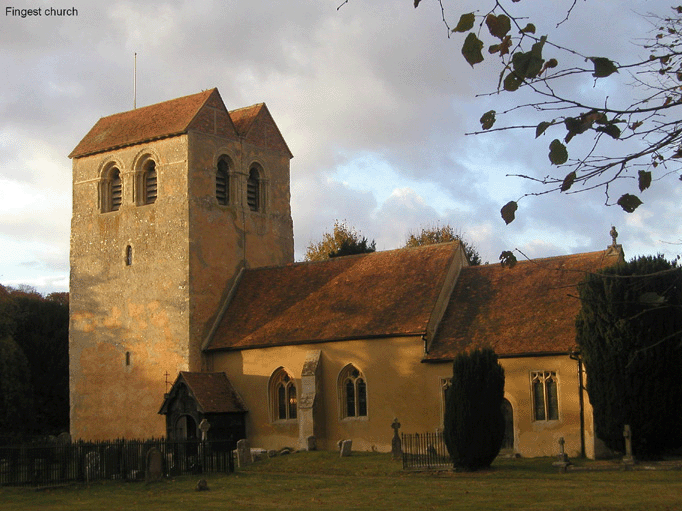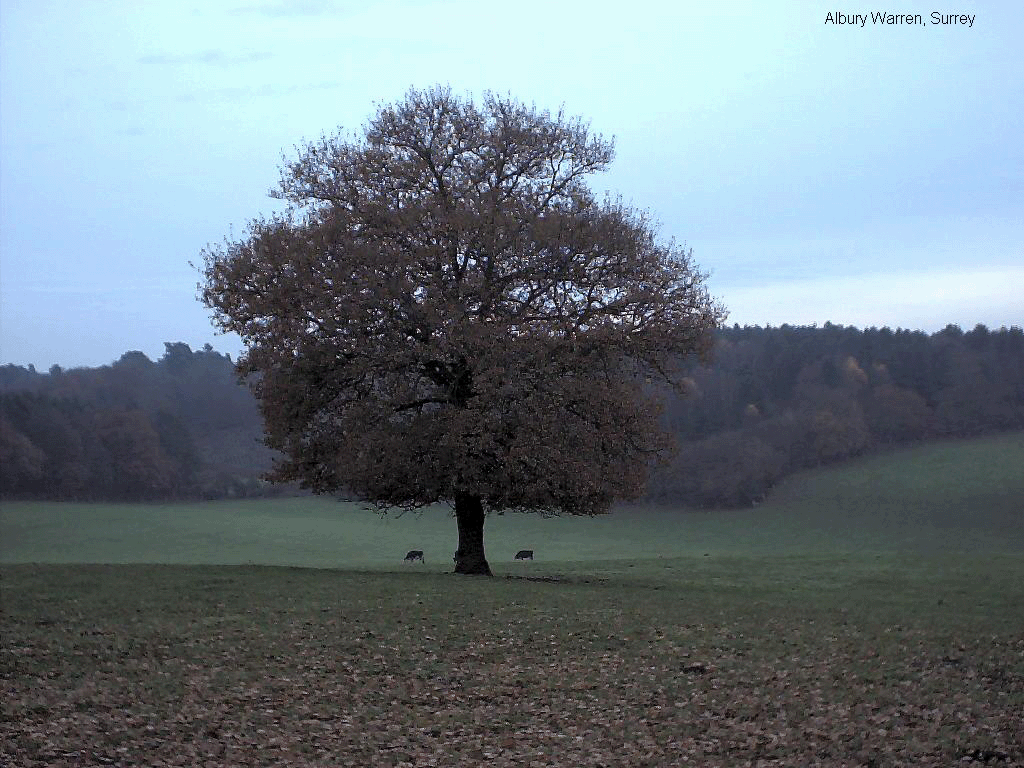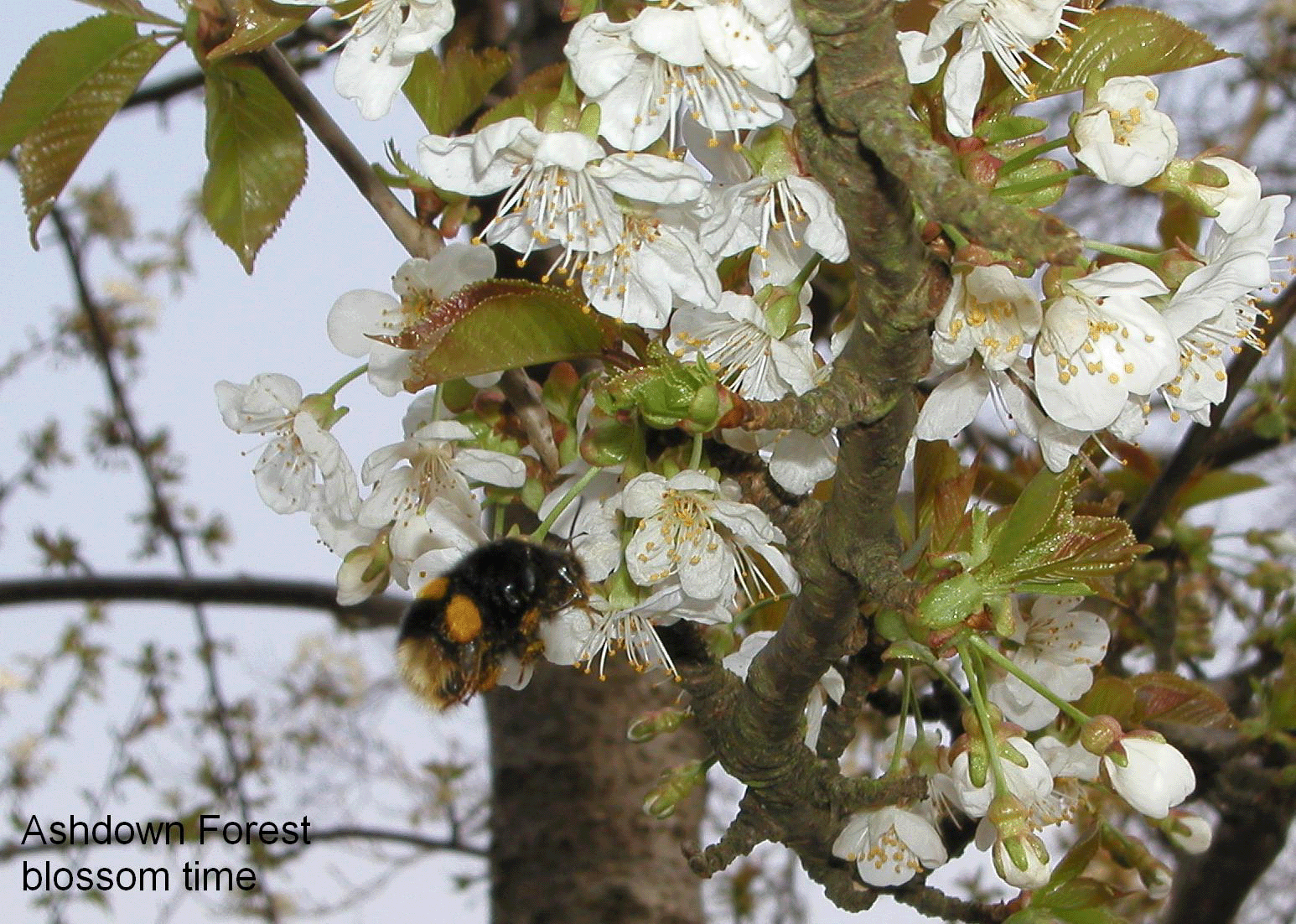


This page lists the kind of mild hazards you may meet along the way. The most serious of these, such as illegal fences, blocked or planted-over paths, fallen trees and dangerous livestock, should be reported to the Ramblers and/or the rights-of-way department of the local authority. (Remember, someone older and less agile than you may be faced with the same hazard.) There is a page on this site giving details of website for reporting a problem.
Mud is a perennial problem, especially in the clay areas of the Weald, less so in the sandy areas and high hills. This is England and if you hate mud and water, you will not enjoy walking, so you must come to terms with mud and puddles! Come well prepared with good ankle-length waterproof boots and you may even enjoy the mud. Mud can often be avoided by hopping, straddling or diverting. For some notes about contacting us on this topic, see feedback.
In the summer undergrowth may be especially dense and may sometimes seem to block your path completely with nettles, brambles, bracken and high grass. These walks often choose obscure paths which few people use, so these paths often get choked. But a country walk is not a walk in the park: there's no maintenance service. No one is available to keep paths clear EXCEPT YOU! In high summer, bring a heavy stick or a strong hiking pole. If you find a path obstructed by nettles or brambles never give up! To help the walkers coming after you, get through somehow with a couple of swishes with the stick. If each walker could slash away just a little of the undergrowth, the path will gradually become unclogged! On the other hand, if everyone avoids the path the nettles and brambles will overwhelm it and the path may disappear completely.
Nettles usually grow around farm land because they like fertile soil The front page of these walks gives some idea of whether you may encounter unavoidable nettles, or any scratchy undergrowth. Remember, the walk might have been written in winter when there were no nettles.
There has been news of the danger of ticks and lyme disease which can be a risk especially in spring and summer. If you have any worries about this, please read the literature and if in doubt, always cover your legs and arms.
Always test every stile before putting your full weight on it. Many stiles are not nailed down or they rock or swivel. If you find a badly broken stile, please report it to the Ramblers or the local county council. (See reporting a problem.) (Don't use the word 'dangerous' in case they close the path!)
If you find a gate closed which you think should be open, please check to see if there is a stile nearby or a smaller gate that you are supposed to use. If you absolutely must climb a gate, please be very careful for your toes! Climb on the side where the hinges are. If you find the route illegally fenced-off, please report it to the local council. Never climb through or over barbed wire! Any other spot is better: a closed gate, a post, a bush, anything.
You will often find a double rope or wire fence placed around a field you have to cross. If you do not want to step over it, find a long section and carefully press down on the ropes with your instep. Make sure they spring back as before. If this is difficult, and if the fence is held by plastic poly posts, lift one post, place it flat and carefully re-anchor it by treading down on the footplate.
This is not Jurassic Park. An electric fence is fed off a car battery and just gives you a slight jolt in the unlikely case that you touch it accidentally. Farmers must by law protect and warn the walker. If the fence runs over a gate, there is usually an insulated sleeve and a hook. The sleeve is perfectly all right to handle: you won't get a shock!
This site cannot give formal advice on dealing with cattle and walkers must refer to The Countryside Code. Some people are hugely worried about cattle, others don't mind them at all. You may have read about casualties, but these were mainly farm workers and, of the rest, most had a dog.
These walks do not go out of their way to avoid cattle and we do not usually warn about them. This is because cattle are constantly moved around and they come and go depending on the season. In any green pasture there might have been no cattle at all for years and suddenly the farmer decides to put some out to graze for a few days at the time you go walking, so you may be the first to encounter them on any particular walk.
Most importantly: Do not allow livestock to spoil your enjoyment of the country walk!
Any views or suggestions here are purely from personal experience. If you have children with you, then naturally you will be more cautious.
Beef cattle (young bullocks) are the friskiest types and the most misunderstood. They sometimes approach you in a pack and come quite close, but they always stop short.
Cows with calves should be skirted round: don't walk between a cow and her calf. If you have a dog and a cow is nervous of the dog, slip the dog off the leash. Best advice we saw posted up by a farmer: 'Walk calmly, wave your arms, make a noise, do NOT run.'
In 2015, we started to insert notes on cattle in green colour giving details of how often they graze and how to avoid them if desired. If you have any reason to be worried, you should be justified in diverting round a field perimeter, or through a different field or, if necessary, on a road.
"Temporary" footpath or bridge closures, supposedly made by the County Council for "health and safety" reasons, place walkers including families, old people and children at much greater risk because, unlike motorists, they cannot easily backtrack a great distance and divert onto another path. If found late in the day, a "closed path" may leave old and young walkers stranded and vulnerable because of the need to use main roads or hitch lifts. This site keeps a record of the original (unclosed) path or bridge on view (with a warning) for the following reasons: (a) as a historical record (b) as a monitor of progress on the repair (c) for forward planning (d) for inspection by authorised people. The walking guides may also record the unofficial safe advice of local people, of other walkers and of operatives doing the repair. However, these records are for documentary and anecdotal purposes only and this site does not endorse or promote use of a "closed" path or bridge, and does not encourage use of any "dodge" or disregard of the closure in such circumstances. This is a totally independent walking website, but we are bound, by promise to the authorities, to remind walkers not to take path or bridge closures lightly as they have legal force (Road Traffic Regulation Act of 1984).
One of the commonest problems, especially after a period of gales. It could be a whole tree or just a branch. Our guides are dotted with reports and they have to be taken out after the obstruction is cleared. If the tree is on a main recognised footpath, it's sure to be cleared soon - but don't assume it's been reported: let the local authority know! (See reporting a problem.) You can usually overcome this kind of problem by (a) ducking under (careful!) or (b) climbing over or (c) going round. In this last case, you're allowed to make a reasonable detour. Look for marks of other people's boots. Make a note of the spot on the other side you have to aim for to regain the path.
This is a common complaint, especially when the crop is rape or maize. First: are you sure you are at exactly the right spot? Often if you step aside left or right, you will see the path which can easily be hidden in the crop. Is it easy to cross between the lines of the crop without damaging it? Often there's a strip or a farm vehicle track that you can use. Or you can go round the perimeter. If the path is blocked, you are entitled to take a reasonable diversion. Remember, the farmer is breaking the law. Please report the violation to the appropriate county authority. (See reporting a problem.) As a last resort, if possible, walk over the crops. Don't be squeamish - but be quite sure you are on the right path!
Another common complaint, especially when the ground is very claggy. Same remarks as under Crops above. The farmer must by law restore the path in a short time.
This site only publishes walks that are clean and free of pollution. If you find any unsightly mess en route, please swallow your pride and pick it up. Some people carry a spare plastic bag for this purpose. Sooner or later, you will pass a domestic waste bin and you can drop it in. (Not really legal, but the least of evils.) One contributor filled two whole garbage sacks with beer cans in one short stretch and left them with a note in the village saying 'don't leave this to an outsider - clean up your mess!'.
Pretty aren't they? Those tall pink bell-like flowers. Worse than the triffids of SciFi. I mean Himalayan balsam. The bane of our forests and you can detect the awful stench long before you reach them. They can colonise a stretch of woodland within a few seasons, destroying (or really disabling) every other plant (except nettles possibly - is that sheer cunning or is there some hope here?). This plant is an annual which seeds in late summer. The seeds shoot out several metres. By now it's too late, so pull them up as soon as they start to grow in May and June.
Maybe the best idea is to confine them within a sector. You may see them dense on one side of the path, with one or two that have 'jumped' to the other side. Pull up those one or two. There's no hope for the dense growth (till the cavalry - the balsam bashers - arrives). If they have seeded, it's useless pulling them up: you just spread the seeds. Don't pick up the seeds on your shoes or clothing!